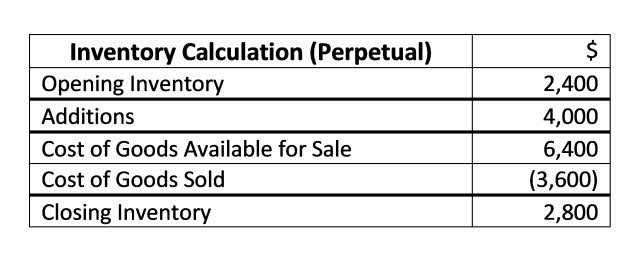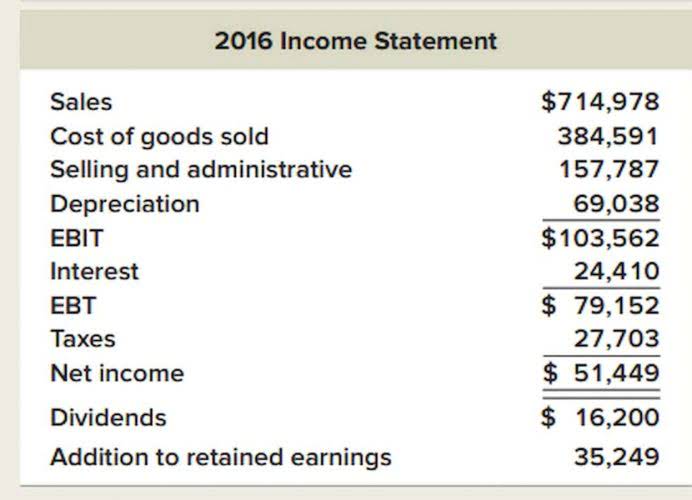
These policies can be cost-effective for business owners and employees since premiums paid by employers are tax-deductible as business expenses in some cases, Salka says. Managing your bookkeeping and accounting right from the start will allow you to keep better control of your finances. You’ll also know ecommerce bookkeeping when you’re overspending and when you need to increase sales. If you’re still on the fence about handling basic bookkeeping or accounting for your business, you’re not alone. If the thought of doing your books is overwhelming, you have plenty of other options including enlisting the help of a CPA.
Any retail business should be familiar with accounting for sales discounts, returns, and allowances. Accounting and bookkeeping assistance comes in many forms, including software, CPA professionals, and bookkeepers. After reviewing the topics above, you might find that you can easily accomplish one or more of these goals on your own. When you do so, you’ll be in control of the different areas of your business and could save some money in the long run. This extremely helpful document keeps track of cash and cash equivalents coming into your online store and going out, too.
Accounting Concepts E-Commerce Business Owners Need to Know
At its core, bookkeeping is about recording financial data, while accounting is about interpreting financial data. We offer a supportive work environment with a Monday through Friday schedule, even during peak times, to ensure a balanced lifestyle. Our office is conveniently located on the North end of Fort Lauderdale near I-95. Our full-stack financial services save you money at tax time and give you access to a CPA all year. We can handle all your financial needs, including bookkeeping, tax preparation, tax filing, consulting, and more. This is the customized integration to your personalized Xendoo dashboard.

The LIFO method works well for retailers that are selling nonperishables such as clothing, books, jewelry or furniture. If you initially operated out of a warehouse, then sold that space and moved into a smaller one, profit from the sale would be considered non-operating income. The same would be true if you made a profit from reselling equipment like a sewing machine or if your company received dividends from an investment of its funds. A few of our favorites, Wave Accounting, Xero, and QuickBooks Online, offer terrific invoicing capability, as well as the option to customize your invoices. If you’re selling a product, you’ll add the description of the product, as well as the quantity and the price per item. Whatever your reason for looking beyond QuickBooks Online, you can rest assured that there are a variety of choices available for small business owners like yourself to choose from.
Thousands of ecommerce businesses trust Bench with their books
Sage Business Cloud Accounting offers sales invoicing, tracking and bank connections, and you can easily create an invoice using one of the included invoice templates. For service businesses that need good invoicing capability, Wave includes great invoice customization capability, where you can add your logo and other marketing details. The application also offers invoice templates that you can use when creating an invoice. While most small business accounting applications offer multiple plans and affordable prices, it can be costly to get all of the features you want at a price you can afford. The good news is that if you’re in the market for an accounting software application other than QuickBooks Online, you have a lot of choices. Individual life insurance plans are popular among small-business owners because they serve both a personal and business purpose, Salka says.
Accounting 101 tells us that assets are anything of value that a company owns, and liabilities are anything that it owes. Under this method, the business valuation will be the difference between the two. Assigning terms to your customers simply means that you’re making a determination on how long they have to pay. In many cases, Net 30 is the default term, meaning that your customer or client has 30 days from the date of the invoice to pay you. If you want to get paid, (and who doesn’t?), you’ll need to learn how to write an invoice. If you’re already familiar with the invoice creation process, that’s great.
